Naturopathy >>>> Stone massage at home
Stone massage at home.
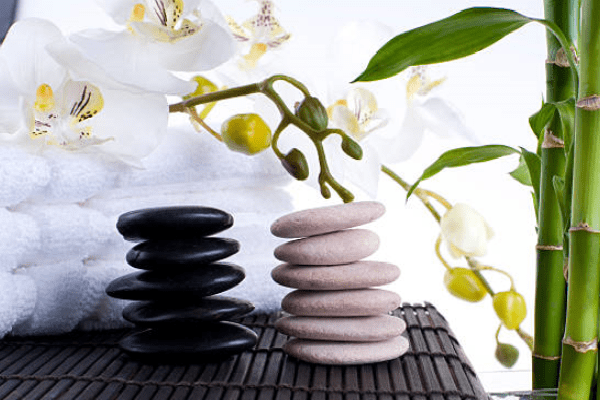
The popular physiotherapy procedure in spa salons, stone massage, is full of mysteries and prejudices, since since ancient times people have endowed stones with supernatural, almost magical properties.
In fact, the stone massage procedure is easy to understand, and its effectiveness is directly related to the biophysical properties of the body to respond to heat and pressure on the skin and muscle layer, which is provided by heated stones.
In addition to heating, stone massage uses stone cooling techniques and contrasting temperature techniques. The alternation of temperature regimes allows you to influence the vascular system of the skin and muscle layer according to the principle of hardening.
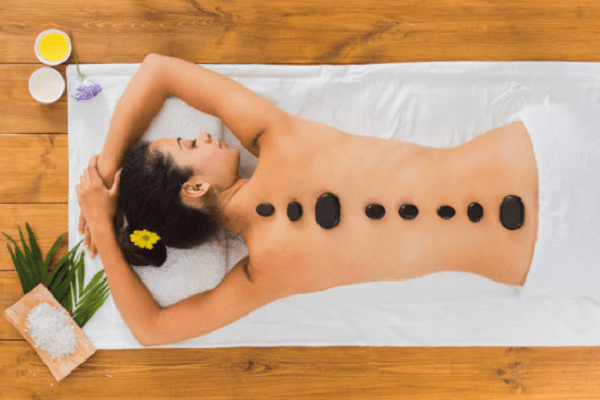
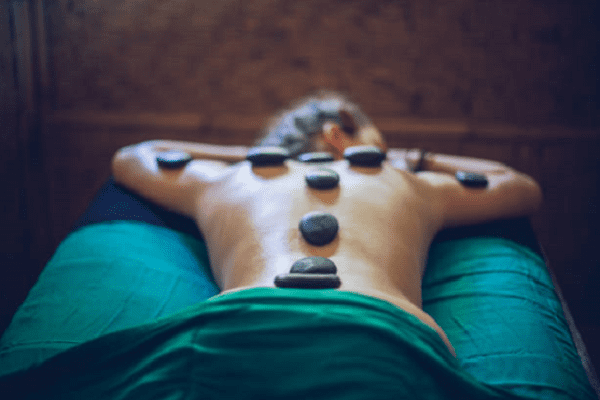
What stones are used for stone massage? These are representatives of those rocks that are able to retain heat for a long time when heated and, while cooling down, slowly gradually give it back to the body. In addition, stones have varying degrees of severity, due to which a person feels not only warmth, but also pressure from the stone, even if the stone massage master does not make any effort to this. Usually used stones of volcanic origin (jadeite (greenish), turmanium (brown), basalt (black), marble (white, gray, pink)) and rocks (sea or river pebbles). Professional stone massage is performed using these particular types of stones.
The simplest tool for stone massage at home is an ordinary beach pebble of large and small sizes, which has good heat transfer and retains heat for a long time. Sea (oceanic) pebbles have a flatter shape and are most convenient for massage procedures. Different sizes of pebbles are required for stone massage in different areas of the body. So for the back, legs, arms, neck, large pebbles are used so that the area of contact with the stone is larger. To massage the interdigital zones, hands and feet, use a smaller pebble. This also applies to other types of stone for stone massage.
How to warm up pebbles (or other stone massage stones) at home? For these purposes, a regular oven grill is suitable. Small stones can be heated in a baking sheet or pan (baking dish) with a grill rack. The stones are heated to 40-55 degrees Celsius, but no more to avoid burns, because the stones will have to be laid on the naked body.
Attention! For especially delicate places where the skin is thin and sensitive, for example, for the face or neck, stones are heated to no more than 40 degrees Celsius.
Cool stones (pebbles or granite) in the freezer to minus 5-10 degrees Celsius. Cold stones are not spread on the face in the area of the nasal sinuses, the bridge of the nose. Can be spread only on the cheeks or temples.
How is stone massage done at home? If there is no assistant, the stones are laid out on the couch (sofa, bed, floor mat - the surface must be hard enough so that the stones press on the body and not sag under the weight of the body) in the order in which the stone massage is planned. The position of the stones can be changed from session to session to cover multiple points of the body.
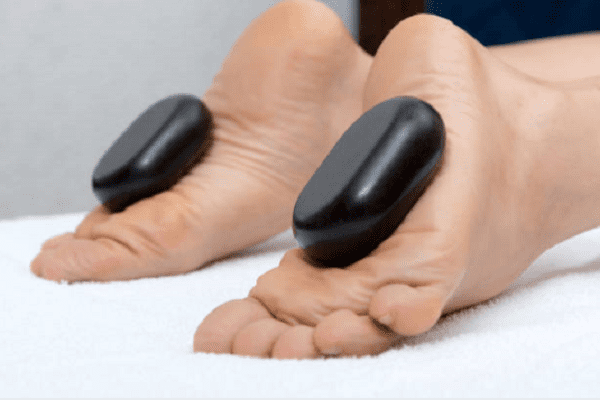
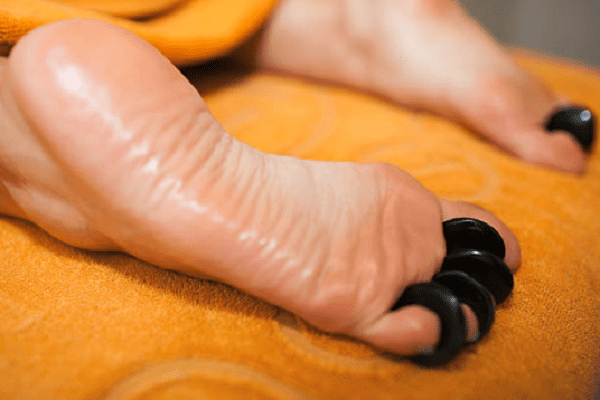
The surface of the leather can be lubricated with aromatic oil or emollient cream. They lie on the couch (on the stones) face up or face down and lie down until the stones cool. This time can last up to 60-90 minutes and depends on the degree of warming up of the stone. Small stones are placed in the interdigital areas. You can simultaneously lie with your back and cervical spine on stones and place stones on your face. You can stand on stones or sit with your feet on the stones, pressing on them with your own strength.
With an assistant, the stones can be rolled with pressing from place to place, using them as a massager.
Stone massage with heated stones is contraindicated:
- with oncopathologies,
- with purulent skin infections,
- during periods of menstruation,
- during pregnancy,
- in acute phases of any disease (including viral, bacterial, fungal),
- with ulcers of the stomach and duodenum,
- for pain in the jaw or teeth,
- with inflammatory diseases of the ear, throat, nose and sinuses, sinusitis,
- in the lumbar regions with hemorrhoids,
- at moments of high or low blood pressure,
- with acute allergic reactions,
- with vague pains in the abdomen (intestines, stomach),
- after the solarium,
- during the period of sunburn (only cooling stone massage is possible),
- at elevated body temperature,
- do not use a warming stone massage of the face for vague headaches to relieve them.
Stone massage with cold stones is contraindicated in addition to those listed above during a runny nose, throat diseases, coughing, with shortness of breath, during a period of heart pains or pains reminiscent of heart pain.
When is stone massage useful? This is a massage for relaxation (relaxation) of muscles, to stimulate nerve endings (especially contrasting), with muscle cramps of the arms or legs (hot), with vascular spasms and vascular dystonia, to improve tissue trophism. Contrast, hot and cold stone massage is useful as a general tonic or relaxing (hot), with muscle leakage, after prolonged forced bed rest.
Stone massage is a physiotherapy and acupressure "in one bottle", which allows you to put the body in order without assistance, recharge with energy, improve blood circulation and lymph flow, strengthen the protective functions of the body. Stone massage can serve as an alternative to warming compresses, heating with salt or a heating pad for certain types of diseases, such as injuries with bruises or sprains.

Read

Read



























